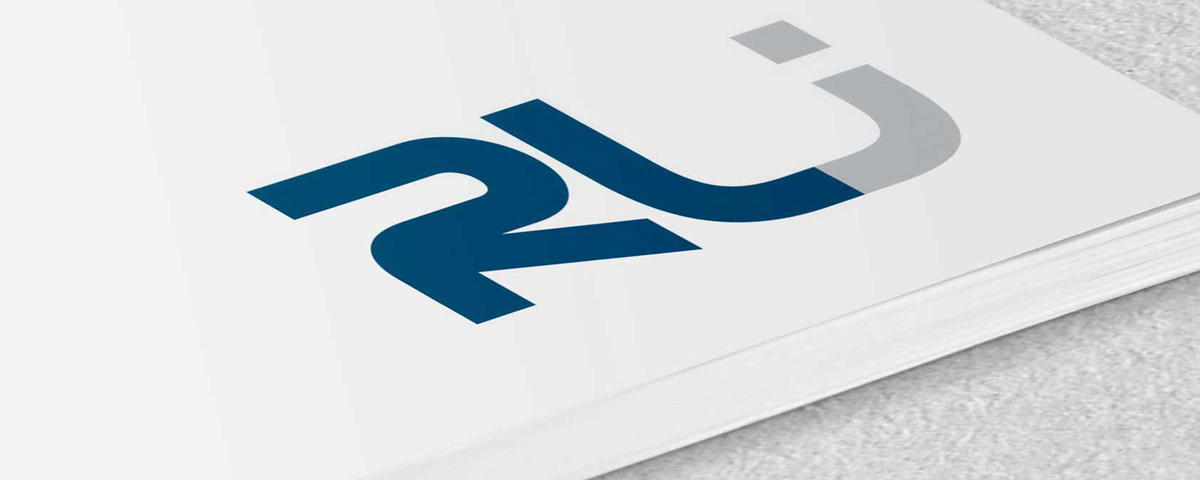
30.09. | “Multi-Vector Energy Systems” workshop
30. September 2021
05.10. | Webinar: “Use of green hydrogen for Off-Grid Power Supply in Island and Smaller Power Grids”
5. October 2021RLI on the launch of Redispatch 2.0: Redispatch must also include consumption side

October 1, 2021 | Reiner Lemoine Institute (RLI) welcomes today’s entry into force of “Redispatch 2.0” as a first important step in the conversion of the energy system to decentralized renewable energy, but still sees a need for addition in the long run.
With today’s entry into force of the amendment to the Grid Expansion Acceleration Act (NABEG 2.0) – albeit for the time being in the form of a transitional solution – all power generation plants with an installed capacity of 100 kW or more are obliged to participate in the redispatch process. However, the consumption side is still completely missing. Without it, a long-term conversion of the energy system to 100 percent renewables will not succeed.
Redispatch is a procedure used to keep the power grid stable. Until now, only transmission system operators could order redispatch measures – they ask power plants to generate more or less electricity to maintain the regional balance of feed-in and consumption. Redispatch 2.0 extends this regulatory role to distribution system operators and smaller power plants, including renewable energy plants and electricity storage facilities.
The expansion is an important step in the transformation process of the power grid toward decentralized generation by renewable energy sources. Their increasing share is changing load flows within the grid, and redispatch measures are being carried out more and more frequently. It therefore makes sense to include plants at lower voltage levels in this process. Moreover, due to their distributed locations, renewable energy plants are often closer to the respective grid bottlenecks and can eliminate them more efficiently than centrally located conventional power plants.
What does the new law change? Previously, only about 80 generation plants throughout Germany were part of the redispatch system; today, this number is expected to increase about a thousandfold in one fell swoop – making the power grid more flexible. This will give distribution system operators a completely new role, strengthening their responsibility and increasing their room for action. This is also important because virtually all electricity-consuming plants and households are connected at the distribution grid level – these also hold huge potential for balancing grid bottlenecks and imbalances. However, since the consumption side is not yet touched by Redispatch 2.0, further standardization will be required here in the long term.
The RLI has shown through numerous research projects, such as the BMU-funded project “Netz_eLOG“, that the scope of potential redispatch calls could be kept low from the outset if electricity consumers such as e-cars were used as a flexibility option. Grid operators could perspectively integrate large electric vehicle fleets into their forecasting processes and also take electromobility into account in long-term grid expansion planning. As yet, the legal framework does not allow end-users to be offered appropriate incentives for a spontaneous increase in load when generation from wind and PV arrays is very high locally. The motto could then be: Provide incentives for load increase and avoid disconnection and compensation. It would make sense to adapt the legal framework in the next step so that this becomes possible: Redispatch 3.0 should also include the consumption side.
The Reiner Lemoine Institute is an independent, non-profit research institute committed to a 100 percent renewable energy future. Our three research areas are “Transformation of Energy Systems”, “Mobility with Renewable Energy” and “Off-Grid Systems”. We conduct application-oriented research with the aim of providing scientific support for the long-term conversion of the energy supply to renewable energy.
Press contact: Miriam Leich, Communications, presse@rl-institut.de, Tel.: +49 30 1208 434 15




